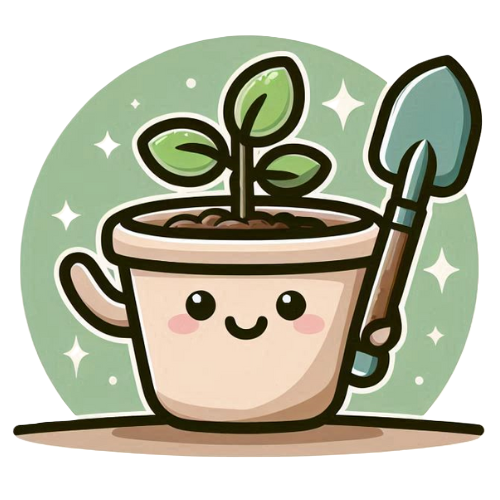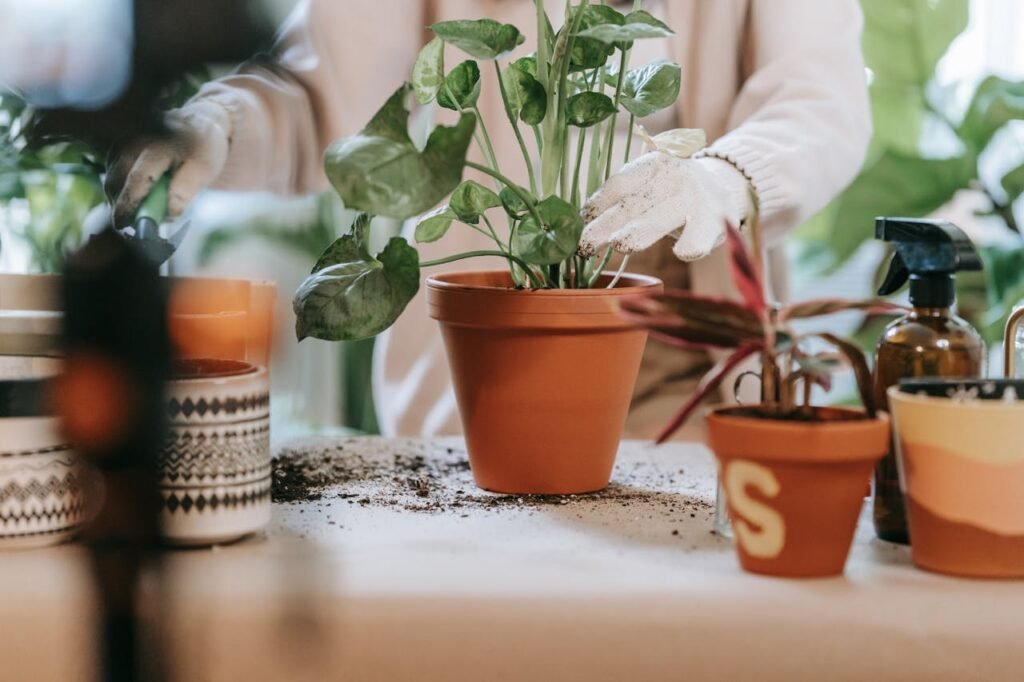Hey plant lovers! 🌿✨ Whether you’re a seasoned green thumb or just starting your indoor jungle, keeping your plants happy and healthy is key to enjoying a lush and vibrant home. But with so many plant care tips out there, it can be a bit overwhelming. Fear not! We’re here to break down the essentials of watering, fertilizing, and pruning in the friendliest way possible. Ready to become a plant care pro? Let’s dive in!
1. Watering Wisely: Finding the Right Balance
Ah, watering – it sounds simple, but it’s one of the trickiest aspects of plant care. Too much, and your plant might drown; too little, and it could dry out. Here’s how to strike the perfect balance:
- Know Your Plant’s Needs: Different plants have different water requirements. For instance, succulents and cacti prefer dry soil, while ferns and tropical plants like to stay moist. Check the specific needs of your plants and adjust accordingly.
- Check Soil Moisture: Before watering, always check the soil moisture. Stick your finger about an inch into the soil; if it feels dry, it’s time to water. If it’s still damp, hold off a bit longer.
- Water Thoroughly: When it’s time to water, do so thoroughly. Ensure water seeps out of the drainage holes at the bottom of the pot. This ensures that all the roots get a drink and helps prevent root rot.
- Avoid Overwatering: One of the biggest mistakes is overwatering. Make sure your pots have proper drainage and don’t let plants sit in standing water. Remember, it’s easier to add water than to take it away!
2. Fertilizing: Giving Your Plants a Nutritional Boost
Just like us, plants need a balanced diet to stay healthy and vibrant. Fertilizing is all about providing essential nutrients to support growth and blooming. Here’s a quick guide to getting it right:
- Choose the Right Fertilizer: There are many types of fertilizers – liquid, granular, and slow-release. For indoor plants, liquid fertilizers are often easiest to use and are quickly absorbed. Look for balanced formulas like 10-10-10 (equal parts nitrogen, phosphorus, and potassium) or ones tailored to your plant’s needs.
- Follow the Instructions: More isn’t always better when it comes to fertilizer. Follow the manufacturer’s instructions on the packaging to avoid over-fertilizing, which can harm your plants.
- Fertilize During the Growing Season: Most indoor plants have a growth spurt during the spring and summer. This is the best time to fertilize, as plants are actively growing. Reduce or stop fertilizing during the fall and winter when growth slows down.
- Frequency Matters: Typically, feeding once a month during the growing season is sufficient. Always water your plants before applying fertilizer to avoid burning their roots.
3. Pruning: Shaping and Encouraging Growth
Pruning is like giving your plants a little haircut. It’s essential for keeping them healthy, promoting new growth, and keeping them looking their best. Here’s how to do it right:
- Know When to Prune: The best time to prune is during the growing season (spring and summer). This is when plants are actively putting out new growth and can recover more quickly. Avoid heavy pruning in the winter when the plant’s growth slows down.
- Use Sharp, Clean Tools: To avoid spreading diseases, always use sharp, clean scissors or pruning shears. Disinfect them between cuts if you’re pruning multiple plants.
- Remove Dead or Yellowing Leaves: Start by trimming away any dead or yellowing leaves. This helps the plant focus its energy on healthy growth and keeps the plant looking tidy.
- Encourage Bushier Growth: For plants like pothos or spider plants, pinch back the tips of the stems to encourage a bushier, fuller appearance. This helps the plant grow more compactly and look more lush.
- Don’t Overdo It: It’s easy to get carried away, but don’t remove more than one-third of the plant at a time. Too much pruning can stress your plant and slow its growth.
Bonus Tips for Success
- Watch for Pests: Regularly inspect your plants for signs of pests like spider mites, aphids, or mealybugs. Early detection can prevent a small problem from becoming a big issue.
- Clean Your Plants: Dust can accumulate on leaves, so gently wipe them down with a damp cloth to keep them clean and able to photosynthesize efficiently.
- Rotate Your Plants: Give your plants even exposure to light by rotating them occasionally. This helps them grow more evenly and prevents them from leaning toward the light source.
Final Thoughts
Taking care of indoor plants doesn’t have to be a daunting task. With a little know-how and some regular attention, you can keep your indoor garden thriving and looking fabulous. Remember, plants are resilient and forgiving, so don’t stress too much if you make a mistake. Enjoy the process of learning and growing alongside your leafy companions.
So grab your watering can, your favorite fertilizer, and those trusty pruning shears, and get ready to nurture your indoor garden to greatness. Happy gardening! 🌱🌟

